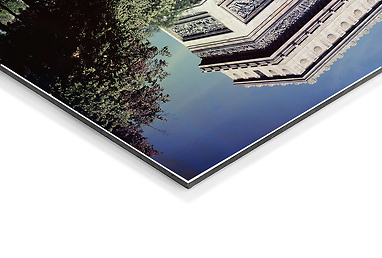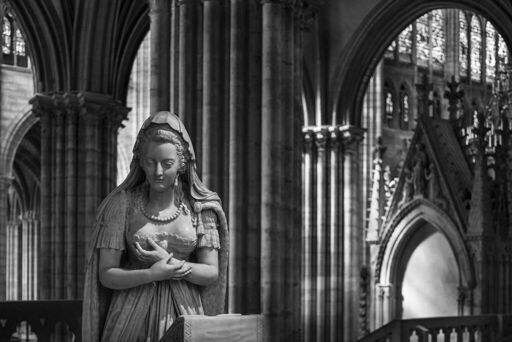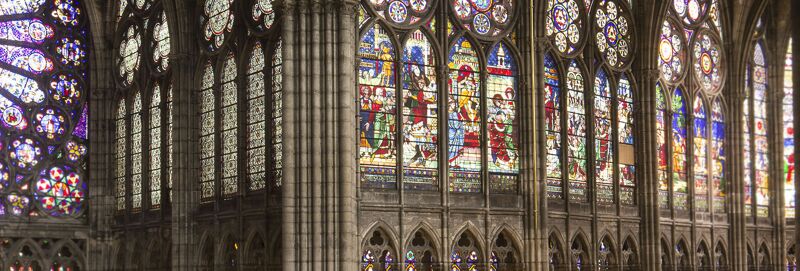Orant de Marie-Antoinette (acrylic panels)
Print type
Acrylic PanelsAcrylic Panels
The reproduction is printed on FineArt Satin Paper and then encapsulated between a 3mm Dibond backing and a 2mm acrylic layer. This product offers a greater sense of depth and volume due to 'encapsulation'. FineArt Giclée digital printing is commonly used for the reproduction of works of art. It offers a very high durability thanks to the use of materials and inks based on natural pigments highly resistant to light and museum conservation.
Eco-responsible and recyclable
Product ready to hang, supplied with a wall hanging system Enhancement of colors, contrast and details of the work
Optimal print quality and glossy finishes
Easy to clean


About the Artwork
Orant de Marie-Antoinette
1819-1830 - Époque contemporaine - 1ère moitié du 19e siècle - Restauration (1814-1830) sculpture - ronde-bosse - marbre Œuvre de : Ballot, Jean-Christophe (1960-....) Ballot, Jean-Christophe (1960-....) - Orant de Marie-Antoinette - © Jean-Christophe Ballot - Centre des monuments nationaux

 Français
Français  English
English 







